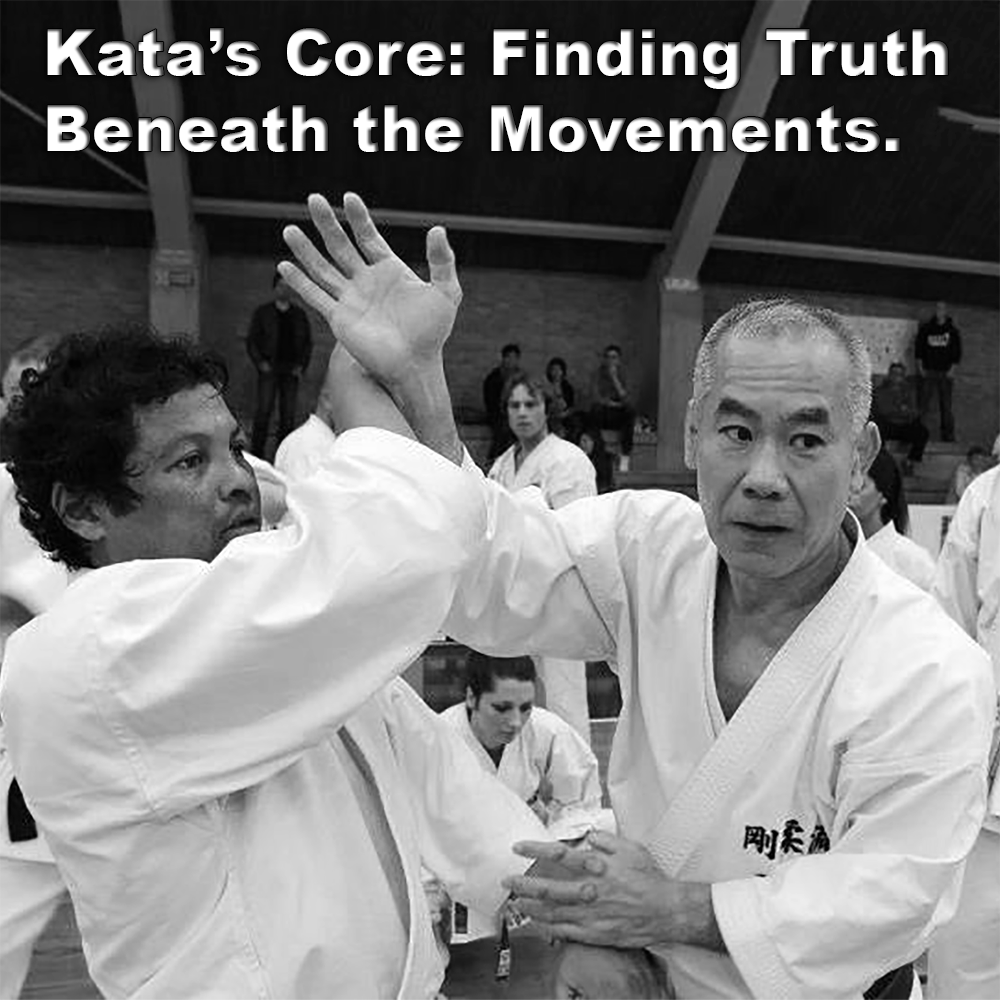
Karate initially draws people to the dojo with promises of physical strength – discipline, skill, and of course, self-defense.
.
Those who embrace karate as a sport, for fun, or to follow a lineage have every right to do so.
.
Kata – for many people today – is just there in the background, something you have to do to pass a grade, to gain the next belt.
.
However, there are practitioners who are interested in the applications within kata – but many of them have never seen detailed explanations before, only relying on their knowledge of block, punch, etc.
.
So why aren’t the original applications more widely known today?
.
Part of the reason is historical. For centuries, the martial arts were often kept secret, with deeper applications passed down selectively. As karate evolved from a pure self-defense method to a system for physical and moral development – and later into a competitive sport – the emphasis shifted.
.
The aesthetic performance of kata, or its use for demonstration, overshadowed its original combative purpose, making its practical, layered applications less visible.
.
Yet its origins show kata was always a sophisticated, adaptable system. It’s a toolkit of fundamental movements, each capable of myriad uses, waiting for you to unlock its full potential.
.
Anko Itosu, a key figure in Okinawan karate’s history, made it clear in 1908 that karate was meant ‘to defend oneself when suddenly attacked’, not for casual fighting or sport.
.
It’s our responsibility to base our understanding and application of kata on real acts of physical violence – not the fantasy of cooperative techniques.
.
When you see this clearly, you move beyond the dance and the choreography, and see it as it was truly created: a comprehensive and effective system of defense, hidden in plain sight for those willing to look deeper.
.
It’s all there – but you have to question what you’ve been taught, or keep missing what’s been in front of you all along.
.
.
Written by Adam Carter – Shuri Dojo
.
.
Photo Credit: Masaji Taira Goju-Ryu
